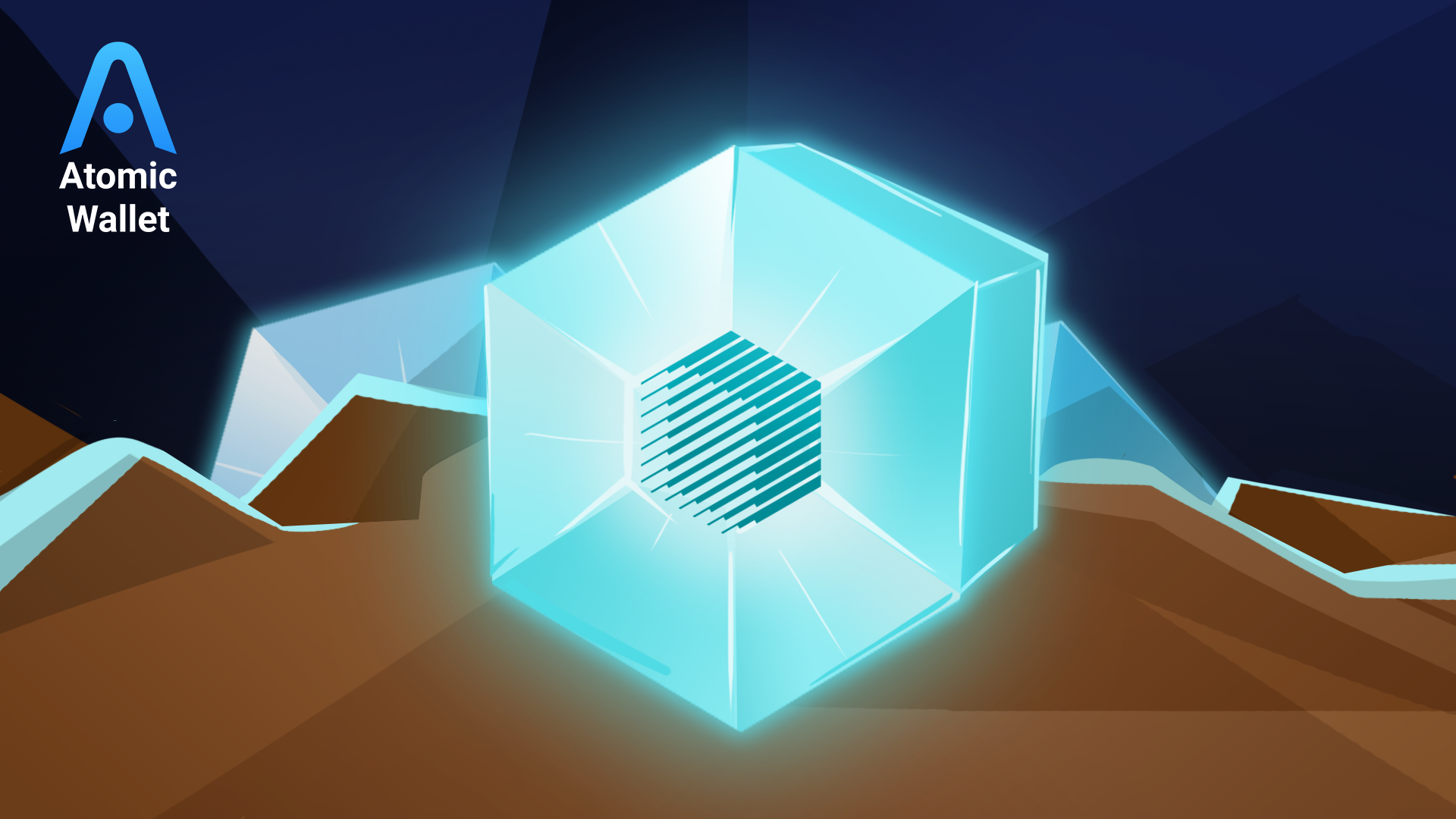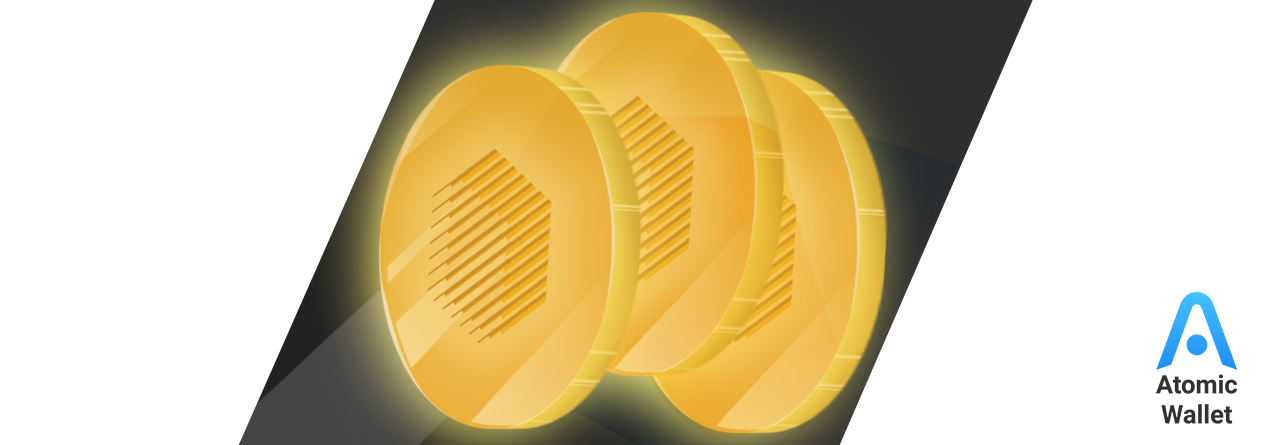Buy Crypto

Assets




Republic Protocol – or REN – is a cryptocurrency project focused on changing the digital currency sector, starting by simplifying value exchange over a vast array of blockchains. It has been built to help with cross-chain liquidity, providing users with better privacy and to be used with the financial markets. This project has gained a lot of interest as it is trying to build a decentralized dark pool of cross-chain cryptocurrency trading. Here we will discuss everything you need to know about REN and how this cryptocurrency can work for you.
REN, founded in late 2017, will allow traders to start placing orders in a secure and completely private manner using their open-source dark pool protocol. Ethereum, ERC20, and Bitcoin will be available in this pool. It will use multi-party computations to develop a matching engine to cross orders on the decentralized order book for users.

A dark pool, which REN functions on, is basically an Over-The-Counter (OTC) marketplace for institutional investors to anonymously execute large block orders of cryptocurrency. The dark pool keeps the exchange out of the general public, which is why they are anonymous. The dark pools are mostly operated by investment banks and other market movers and shakers, allowing them to get large block orders at fair and reasonable prices.
In late 2018, the Republic Protocol had its beta mainnet launch. It made sure a wave that REN climbed into the top 100 tokens for the next few months after the beta launch. It was clear that there was an interest in both the technological model REN was built on and the business model. Both were delivering limitless value transfers across as many blockchains as it could. It also offered zero knowledge-based transfers of the REN token. It is hoped that once REN is fully implemented, it will serve as a bridge between traditional finance and the cryptocurrency sector.
Prior to the beta launch, there was an initial coin offering for REN, and it raised $34 million. Founder Taiyang Zhang and Loong Wang founded the project in Australia. The country opted to join forces with them to create the Republic Protocol. This ultimate crypto-based trading platform offered levels of privacy and shared liquidity that had not been seen in the cryptocurrency sector before.
As REN continues to grow and add general applications in the future, it’s the main focus at the moment is supporting private and decentralized finance. It has three main architectural components that make up most of the underlying design, divided into layers. The first layer is the zero-knowledge transaction layer. This layer provides the user a place for storing and transferring REN tokens without revealing the amount of the transaction or how much the user has in their cryptocurrency wallet.
The second layer, the interoperability layer, handles all of the trustless swaps on the blockchains. It acts as a bridge between the tokens that are featured on the blockchain. The last layer, the dark pool, has secret order matching engines that process orders only the owners know of. Using Darknodes, REN checks orders with Darknodes against the distributed hidden order book. This allows the orders to be opened without revealing the price of the order or the volume. Only the exchange itself knows this information. When paired with the other two layers, transactions are done in full privacy.
REN runs on Ren Virtual Machine – or RenVM – which is similar to a blockchain. It is replicated over many physical machines that are secured to the VM by running on Darknodes. In exchange for fees, these machines help with computing and disk storage resources. Anything executed on RenVM is hidden from Darknodes to protect user’s privacy.
RenVM also has a dedicated software development kit (SDK) that is a plug-in for DeFi applications. The SDK is an open-source technology that helps the existing financial systems by removing the financial burden from it caused by intermediary applications. The decentralized layer allows RenVM to be integrated with applications or smart contracts on the blockchain. RenVM was built to help support privacy and interoperability features.
Touted as an all-around cryptocurrency solution, REN has been leaning heavily towards financial applications. The REN Virtual Machine (RenVM) has been at the forefront of the Republic Protocol’s marketing effort because of what it can provide. REN promises easy access to inter-chain liquidity by developing the RenVM for use with decentralized applications (DApps). Existing DApps should be more customizable so that business applications that need decentralization and trustless environments.
This also allows tokens from any supported blockchain to be available for existing smart contracts with the REN eliminating any need to wrap or unwrap them. This means that cryptocurrencies can be integrated into existing decentralized exchanges and liquidity pools. REN’s ecosystem can also support the development and deployment of general-purpose applications using the “zero-knowledge proof” system mentioned above.
The big push behind Republic Protocol is their insistence on user’s privacy. The platform wants users to be able to work in the applications, states and inputs that remain secret to others on the network. This will help REN support confidential lending, collateralization, and exchanges in the financial world. It is hoped that REN will be able to provide the privacy protection needed to run more advanced financial transactions on blockchains thanks to the full sovereignty of their data.
This goes hand-in-hand with REN’s focus on interoperability and communication between different blockchain ecosystems. As they call it, this interoperable liquidity would allow Ethereum to support ZCash with help from REN, as an example, without compromising ZCash’s privacy protocols. REN also uses secret scripts to respond to events on different blockchains. This supports the ability to perform a transaction without revealing the user’s input, output states.
Finally, a trusted intermediary is not needed when operating on a REN dark pool. Dark pools – exchanges or private financial platforms – allow for trading securities based on how they are placed and executed on hidden order books. This is especially appealing to investors who wish for full anonymity during an operation. REN provides for cross-chain trading of various tokens, and the introduction of the REN token provides additional incentive to engage in trading.

Learn more about the Ren cryptocurrency at https://renproject.io/
Learn how developers work on Ren at https://github.com/renproject
Discuss Ren on Reddit at https://www.reddit.com/r/RenProject/ with other users.
Follow Ren on Twitter at https://twitter.com/renprotocol
REN tokens are available for trading on cryptocurrency exchanges like Binance. As of late July 2019, REN stood at $78 million, with 775 million tokens in circulation. Only a maximum supply of 1,000,000,000 REN tokens limits the active Darknodes to 10,000.
Ren is currently supported by Atomic Wallet. Atomic Wallet will let you manage and exchange Ren with your bank card. You have total control over your funds, and your private keys generated by a mnemonic seed that never leave your device. Atomic Wallet is one of the best solutions to storing, sending, and exchanging. Install and try out the app now to manage your Ren in the Atomic Wallet interface.

As of June 2020, RenVM was released to mainnet after extensive designing, testing, and auditing. CTO Loong Wang claims that “This is, by far, the greatest achievement of the REN project to date. With it, begins a new era of cross-chain interoperability, where we can finally begin breaking down the silos between chains.” So far, REN has seen no down-time, no mint failures, and no burn failures.
The company is now looking towards open sourcing some of their algorithms, both technical and non-technical. This makes it easier to iterate, test and understand how they will work when added into the platform. There have been more optimizations to REN as well as work on the codebase to give users a simpler, safer, easier, and faster system. The development team has also started working on expanding and standardizing the interface to support more chains in preparation for cross-chain transactions on new chains, starting with Substrate.
Republic Protocol is making great strides towards helping financial institutions and other investors make the cryptocurrency exchanges they need. REN will support multiple blockchains, allowing smart contracts and other user transactions to remain anonymous and safe. It will be adding additional general applications to the platform, providing users with a more robust private decentralized finance platform.
The RenVM engine that supports the platform is currently the only interoperability solution in the cryptocurrency sector that can scale and “allow for secret computation over multiple input methods and by multiple parties. This network and its SDKs enable developers to provide DeFi applications with cross-chain functionality. It serves as a bridge between the blockchains and the traditional financial world. It gives even the first-time user the ability to experience seamless and decentralized interoperability the first time they use the platform. Any DeFi application can use RenVMs capabilities and applications with their existing smart contracts.

This article explores the benefits, risks, potential rewards, and important considerations to help you decide if staking SOL aligns with your investment goals and risk tolerance.